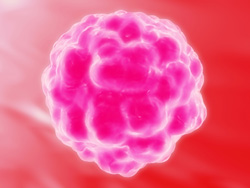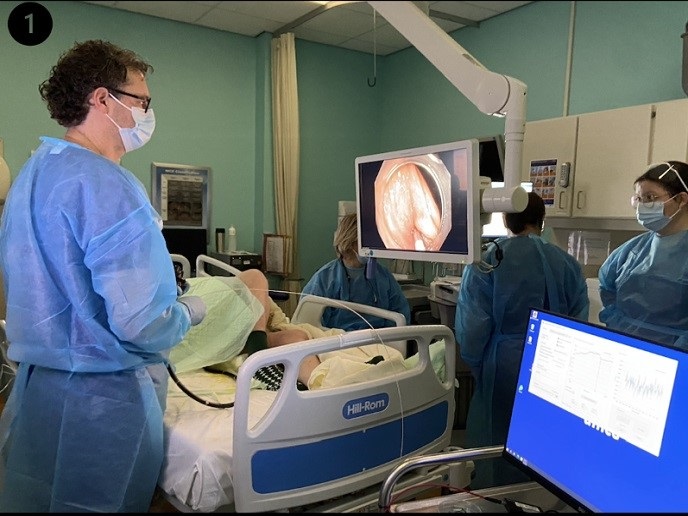Growth factors and cancer
TGF-beta signalling plays an instrumental role during mammalian development but is also involved in many biological processes in the adult organism. The signalling cascade involves binding of TGF-beta superfamily ligands to type II and I receptors which culminate in the phosphorylation of receptor-regulated SMADs (R-SMADs). These bind the coSMAD SMAD4 generating nuclear complexes with the capacity to act as transcription factors. Recent research has shown that apart from SMAD2, 3 and 4, TGF-beta has the ability to phosphorylate SMAD1, 5 and 8. However, the precise mechanism and functional relevance of this part of TGF-beta signalling are poorly understood. Seeking to address this issue, the EU-funded SMAD1/5 AND Cancer project specifically investigated the role of SMAD1/5/8 in cellular processes and cancer. Using fluorescence complementation techniques, scientists were able to visualise the formation of SMAD complexes within cells during TGF-beta signalling. Data indicated that SMAD1/5/8 phosphorylation in response to TGF-beta required a further set of receptors and led to the formation of new mixed R-SMAD complexes. Additionally, knockdown experiments of SMAD1 suggested that this novel branch of TGF-beta signalling is associated with tumour formation, providing invaluable information on the dual role of TGF-beta signalling in cancer. Specific targeting of this pathway is hoped to provide a therapeutic solution for many types of cancer.







